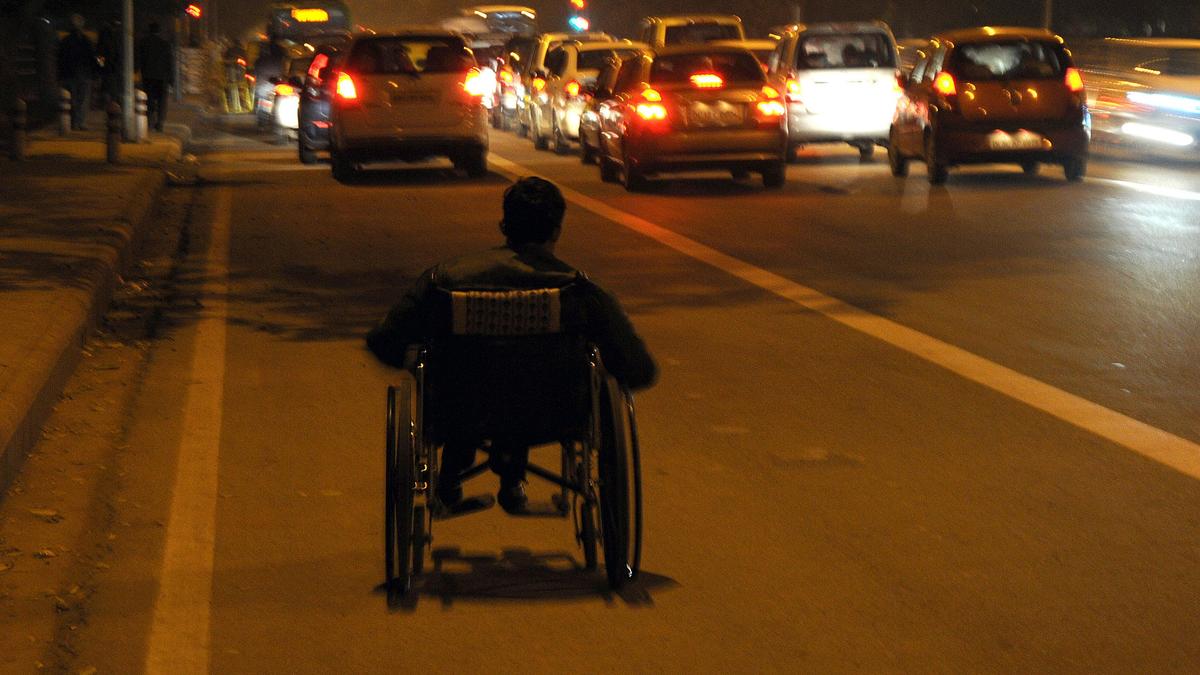It is common knowledge that poliomyelitis or polio for short, can cause acute paralysis, and fortunately, global vaccination efforts have made the disease vanishingly rare in many places. But what is less talked about is what happens years or even decades after recovery from polio. Survivors of polio may develop an insidious condition known as Post-Polio Syndrome (PPS). A light must be shone on this “long tail” of polio, because for many, the story doesn’t end after the immediate recovery.
Long-term consequences
The poliovirus attacks motor neurons in the spinal cord, leading to muscle weakness or paralysis in some victims. Many survivors recover significantly, thanks to the nervous system’s capacity to “sprout” compensatory connections. However, decades later, that very compensation may start to fail. PPS is typically defined as the appearance of new muscle weakness, fatigue, muscle or joint pain, sometimes breathing or swallowing problems, occurring 15 to 40 years after the original polio infection.
Estimates suggest PPS may affect anywhere from 25% to 40% of polio survivors, although depending on the criteria used it could range more widely (some reports say up to 80 %).
Understanding PPS
Why does PPS happen? There is no clear answer as of yet, but the leading hypothesis is this: after the acute infection, surviving motor neurons expand their innervation territory (they sprout new axonal branches) to pick up the slack for destroyed neurons. Over the years, these “super‐charged” neurons get overworked and eventually start to fail. In addition, normal ageing, added stress, disuse or overuse of muscles, may all contribute. Some research shows structural changes such as spinal cord grey matter atrophy in PPS patients that correlate with functional decline.
At my clinic, I frequently hear polio survivors say: “I was fine for many years, but now, I am not able to walk as far any more, I am fatigued more easily, my polio leg is weaker again, and I have more joint pain.” These often are the classic symptoms of PPS: continuing weakness may occur in limbs previously affected by the original illness and, at times, in limbs that have never been affected. Fatigue, muscle cramps, joint pain and muscle pain, difficulties sleeping and cold intolerance also occur. While PPS rarely causes loss of life, significant muscle involvement may result in serious complications, such as falls, fractures, or issues with breathing or swallowing.
PPS is a growing concern around the world. Since the severe polio epidemics of the 1940-60s led to millions of people surviving polio, many of these people are now older adults experiencing PPS. From a functional perspective, the decline in function can impact mobility, independence, work ability and quality of life.
Practical steps for management
Currently, there is no cure for PPS. Treatment is symptomatic and supportive. Care for post-polio syndrome (PPS) predominantly aims at managing symptoms in order to allow individuals to maintain mobility. Gentle physical therapy and low-stress exercises help maintain muscle function without excessive exertion, because the more a person exerts themselves, the more fatigued they will become. Simple things such as taking breaks, pacing the day’s activities, or using a cane or walker will save energy. A combination of physiotherapy, heat, and mild medication usually provides moderate-to-profound relief for pain and improvements in walking ability, offering a glimpse of better options ahead for those living with PPS.

Why this matters
As the polio survivor population ages, clinicians and health systems need to be aware of PPS — it is frequently under-diagnosed or mis-labelled as “just ageing” or “arthritis.” Vigilance involves asking about a past history of polio in older patients with new weakness/fatigue; evaluating for other causes, and then implementing a multidisciplinary care plan.
From a public health perspective, it is also a reminder of just how powerful—and long‐lasting—the benefits of vaccination are: preventing polio in the first place means you avoid not just the acute illness, but the decades-later burden of PPS.
Surviving polio doesn’t always mean you are done with it. Many people come through the acute phase, recover well and then decades later hit a second curve of new problems. As doctors, we must bring PPS into our radar, treat it with respect, and help our patients adapt their lives rather than suffer passively. For survivors, the message is: if you had polio, and you’re noticing new fatigue, weakness or pain — don’t just shrug it off as “ageing” — ask your doctor about PPS, get the right rehabilitation and support, and make sure mobility and quality of life remain in your hands.
(Dr. Keni Ravish Rajiv is senior consultant, neurology and head of epilepsy service, Aster Whitefield Hospital, Bengaluru. keniravish.rajiv@asterhospital.in)
Published – October 25, 2025 12:14 pm IST




